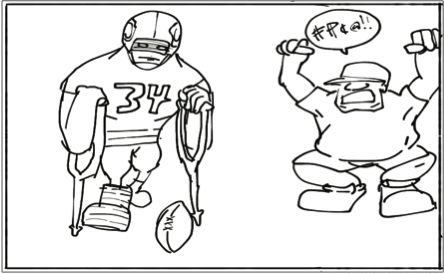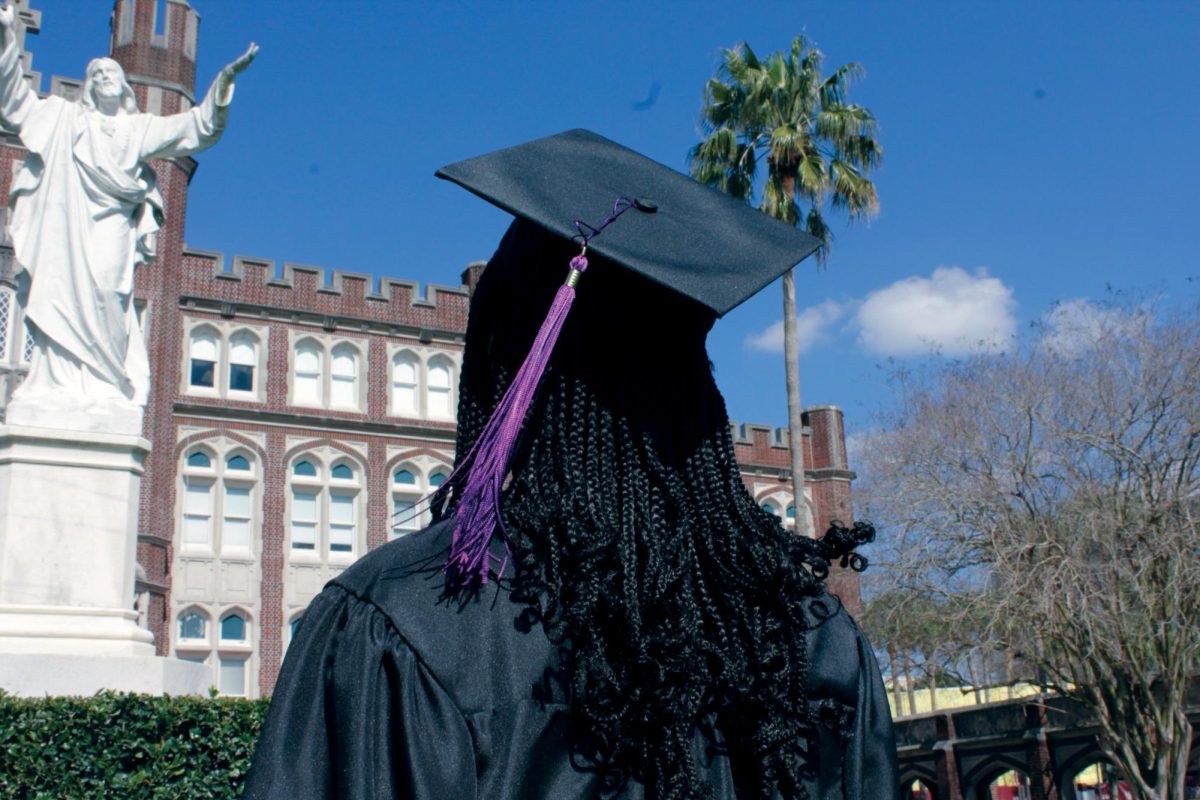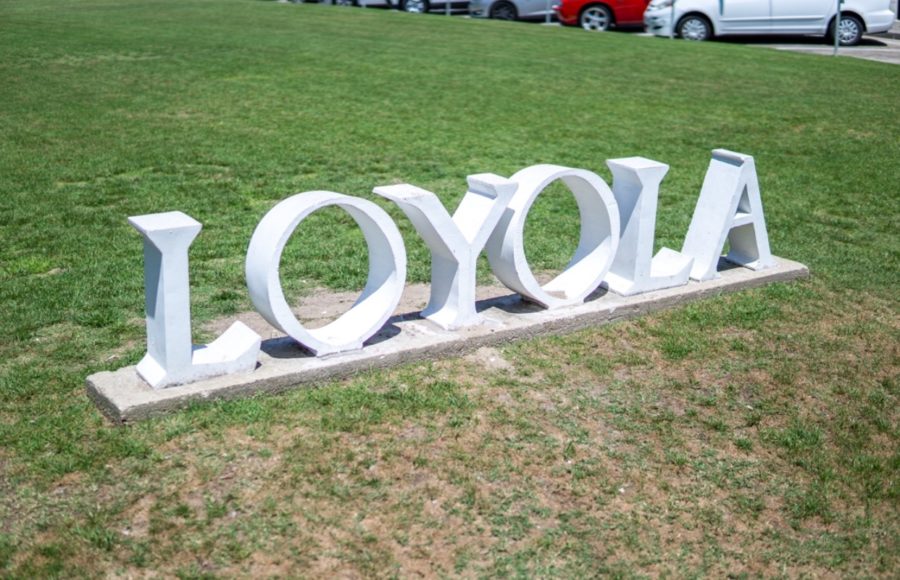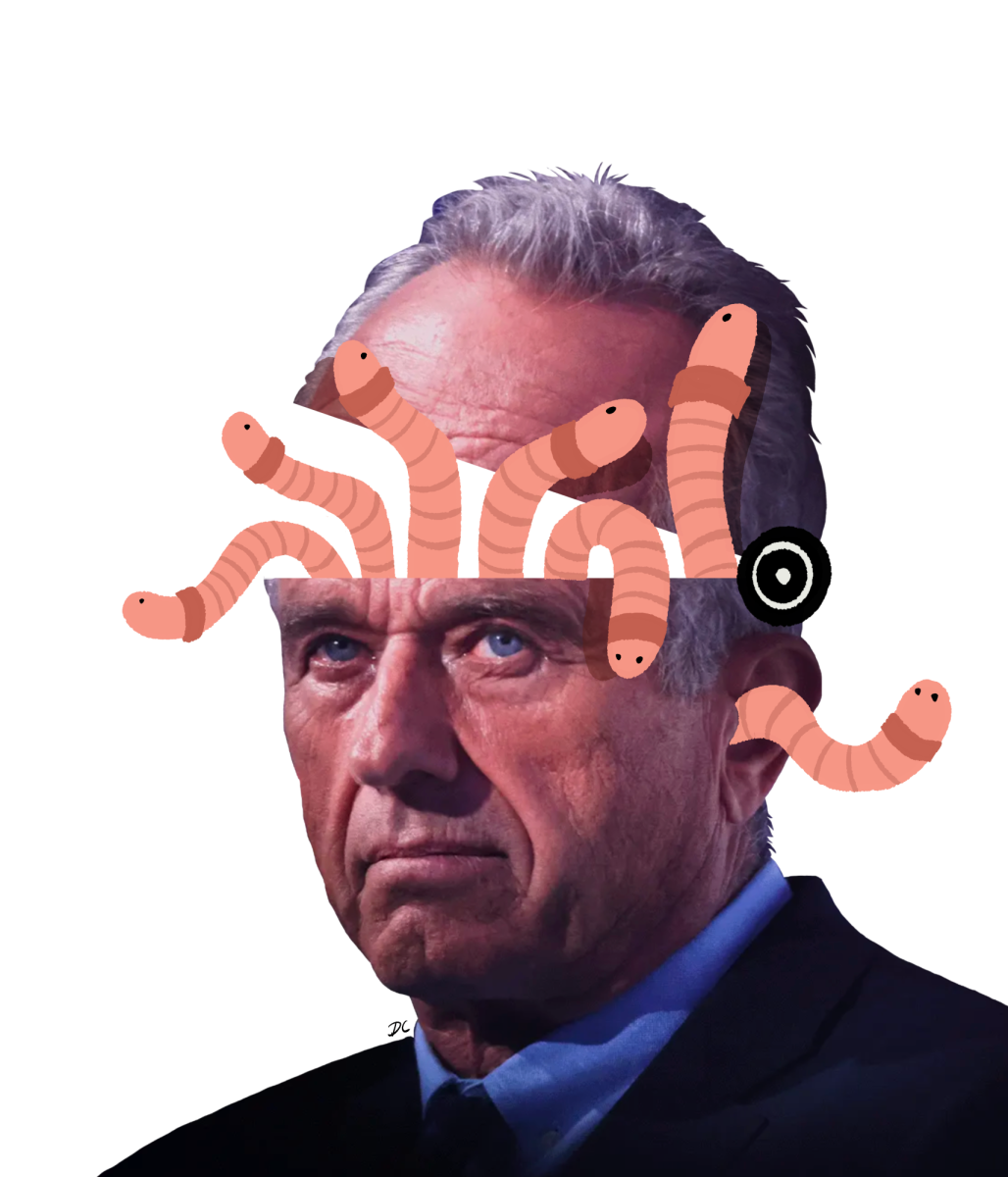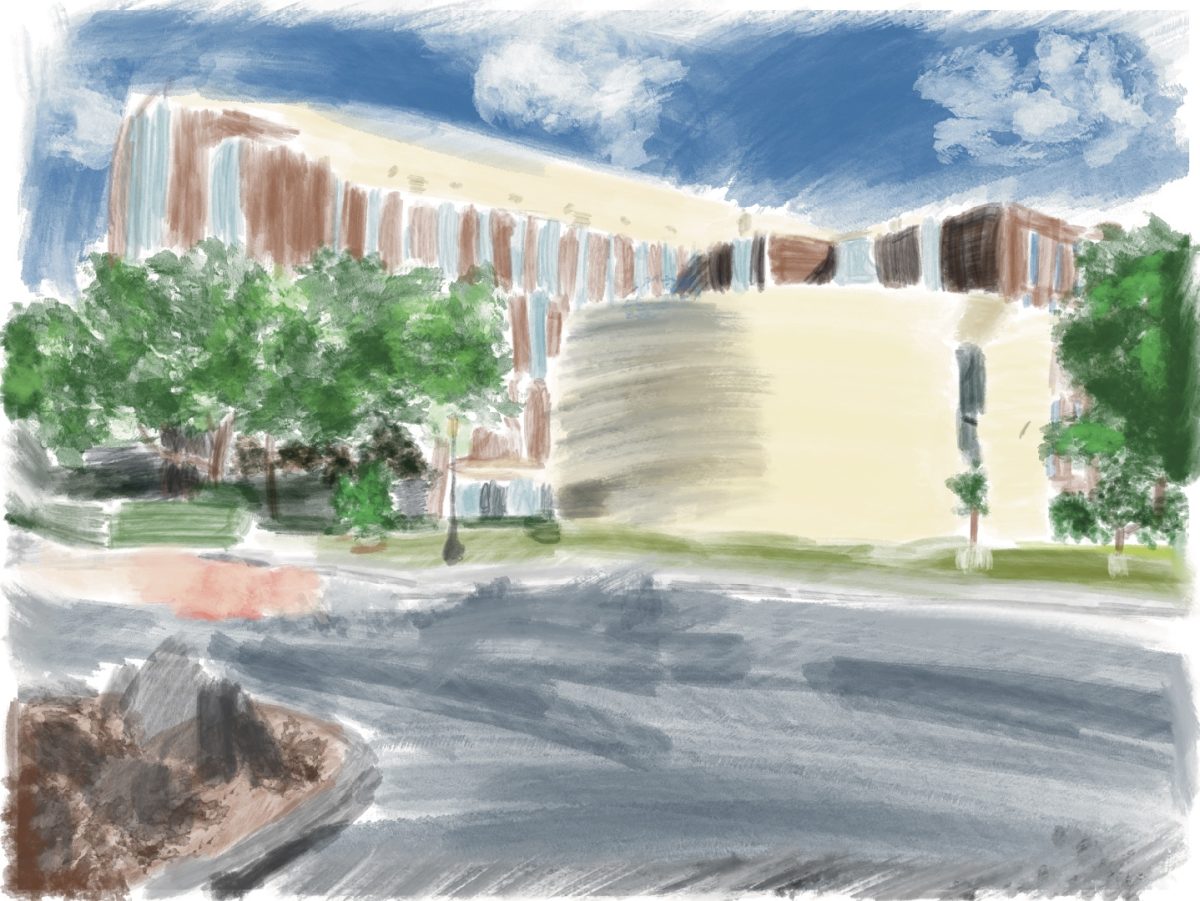Football is a sport centered around contact. If removed from the scope of the game, such contact would likely amount to assault and battery claims. Why, then, would one subject oneself to the viscous nature that football entails?
On one side, it could be argued that football players have a disposition for violence, and that by playing the sport, it enables them to satisfy this need within the legalities of a game. Conversely, perhaps football players believe that at the heart of the game lies a set of values – including the concept of teamwork and the importance of hard work and preparation – that go far beyond the game’s brutality. Regardless of which side one falls on, all can agree that one of the hot topics in sports today is the reformation of player safety in football, notably the overhaul in head injury prevention. This movement is spearheaded by significant “in-game” rule changes, as well as a pending lawsuit placing greater emphasis on football governing bodies to closely monitor players who have received head injuries.
Over the last century, the common presumption was that technological advances have improved players’ equipment for safety purposes, namely the helmet. However, while helmets are generally designed to prevent head injuries to the wearer, they can effectively be used as a weapon against an opposing player. National Football League Commissioner Roger Goodell has incorporated draconian-like fines assessed to players who make tackles while “leading with the helmet.” Pittsburgh Steelers linebacker James Harrison was fined a total of $120,000 for illegal hits in the 2010 season alone. Goodell instituted this strict policy as a means of deterring players from making such hits; nevertheless, these hits continue.
Many people feel that the NFL and National Collegiate Athletic Association governing bodies are taking it too far with this player safety crusade. Comedic writers Trey Parker and Matt Stone brilliantly spoofed this movement in their animated series “South Park” in the episode “Sarcastaball.”
The rule changes can be a bit rash, particularly kickoffs being moved up to reduce the risk of high-speed collisions. Although kickoffs may yield a significant amount of injuries due to the amount of force in the players’ collisions after running a long distance down the field, this rule has a detrimental effect on the game. Special teams can turn the tide of a game, and in many cases can win a game for a team. By eliminating the possibility for big returns, this rule eliminates another reason why football is great.
As a former high school football player, I was on the receiving end of two concussions (one that resulted from a kickoff), both of which were given adequate recovery time. Due to my school’s competence throughout my situation, I was able to return to play without any lasting problems.
However, not every school may be as adept as my alma mater when it comes to handling concussed players. In light of the increasing number of long-term problems former athletes have claimed as a result of multiple head injuries, the University of North Carolina, Chapel Hill published a series of studies in the 2000s on the potentially devastating side effects that concussions can render. These studies mostly addressed how long it takes football players who have sustained a concussion to regain normal cognitive activity and are able to safely return to play. Moreover, the studies also touched on risks for future head injuries once a player receives a concussion.
These studies are one of several sources being used by the plaintiff in the current class action suit, Arrington v. NCAA. The plaintiff, Adrian Arrington, is a former college football player for Eastern Illinois University. While at EIU, Arrington received numerous concussions, and each time he was permitted to return to play by the EIU training staff after only one day of rest. Arrington, now 25, claims he suffers from seizures, depression and memory loss as a result of the NCAA’s negligence in implementing and monitoring head injury “return-to-play” standards for each of its member institutions. The suit (now in its preliminary stages) has welcomed several other former student-athletes who claim that the NCAA’s negligence concerning their head injuries resulted in lingering physical and mental issues.
In the suit, Arrington alleges that the NCAA had a duty toward the Class “to supervise, regulate, monitor and provide reasonable and appropriate rules to minimize the risk of injury to players; that the NCAA acted carelessly and negligently in its position as the regulatory body for college teams and its student-athletes; that the NCAA knew or should have known that its actions or inactions in light of the rate and extent of concussions reported and made known to the NCAA would cause harm to players in both the short and long-term.” Furthermore, the NCAA breached its duty toward the Class by failing to warn its student-athletes of the risks associated with head injuries if they returned to play prematurely. Because of this breach of duty, Arrington alleges he and the other members of the Class have sustained extra medical expenses, likely future medical expenses, loss of earnings, likely future loss of earnings associated with the injuries and disabilities they have incurred, as well as a variety of lingering physical and mental conditions.
In addition to the negligence claim, Arrington alleges that the NCAA was well aware of the consequences associated with head injuries because the UNC studies referenced above were, in part, funded by the NCAA. Because the NCAA knew of these results and did nothing to incorporate a system-wide concussion monitoring procedure in all of its member institutions, Arrington alleges that the NCAA fraudulently concealed information that was the proximate cause of he and other members of the Class’ injuries.
While most lawsuits against the NCAA come in the form of intellectual property suits, Arrington is the most significant negligence claim against the organization to date and is also the first involving head injuries. Aside from seeking compensatory relief from the NCAA, Arrington and the Class request that the NCAA adopt system-wide “return to play” guidelines for concussed student-athletes, system-wide guidelines for the screening and detection of head injuries and legislation addressing the treatment and eligibility of student-athletes who have sustained multiple concussions in the course of play. Additionally, the Class seeks the establishment of a trust fund to pay for the medical monitoring of all past, current and future NCAA student-athletes as often as necessary.
As previously addressed, since the primary claim in the Arrington case involves negligence on the NCAA’s part, members of the Class will have to prove that they were, in fact, injured and that their injuries are a direct and proximate result of the NCAA’s breach of duty owed to them. The main issue in this case is one concerning the NCAA’s vicari
ous liability for its member institutions. The general principal behind the theory of vicarious liability can be thought of as an employer-employee relationship; when the employee commits a wrong against a third party, and the act was committed within the scope of his employment, the employer may be found liable. Generally speaking, public entities are immune from liability in tort claims. In Tarkanian v. NCAA, the Supreme Court of the United States held that the NCAA was not a state actor. Because of this finding, the NCAA will not be immune from tort liability.
Furthermore, if the claims against the NCAA alleging fraudulent concealment of information regarding concussions are found to be true, the Class’ negligence claims will likely weigh in its favor; because if indeed the NCAA knew of ways to monitor and prevent future head injuries to its student athletes and refrained from implementing a system-wide approach to decrease these risks, it was negligent in overseeing its member institutions administer this scheme.
In summary, while rule changes may sometimes be necessary to prevent future head injuries, especially to injury-prone players, there is no substitute for ample recovery time. If the injured player is given proper instruction on his injury’s significance, he will more likely take the proper precautions to prevent future head injuries, thus more likely avoiding serious health issues down the road.
Taylor Brett is a civil defense law student and can be reached at [email protected]
In My Opinion is a weekly column open to all members of the Loyola community. Those interested in writing can contact


